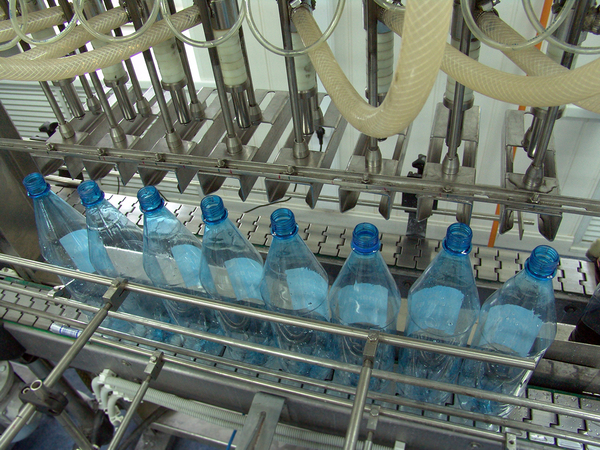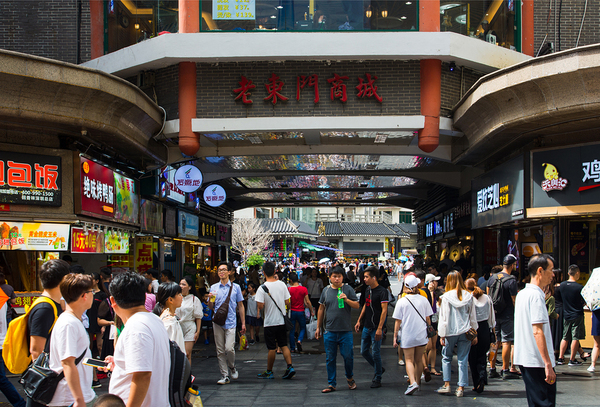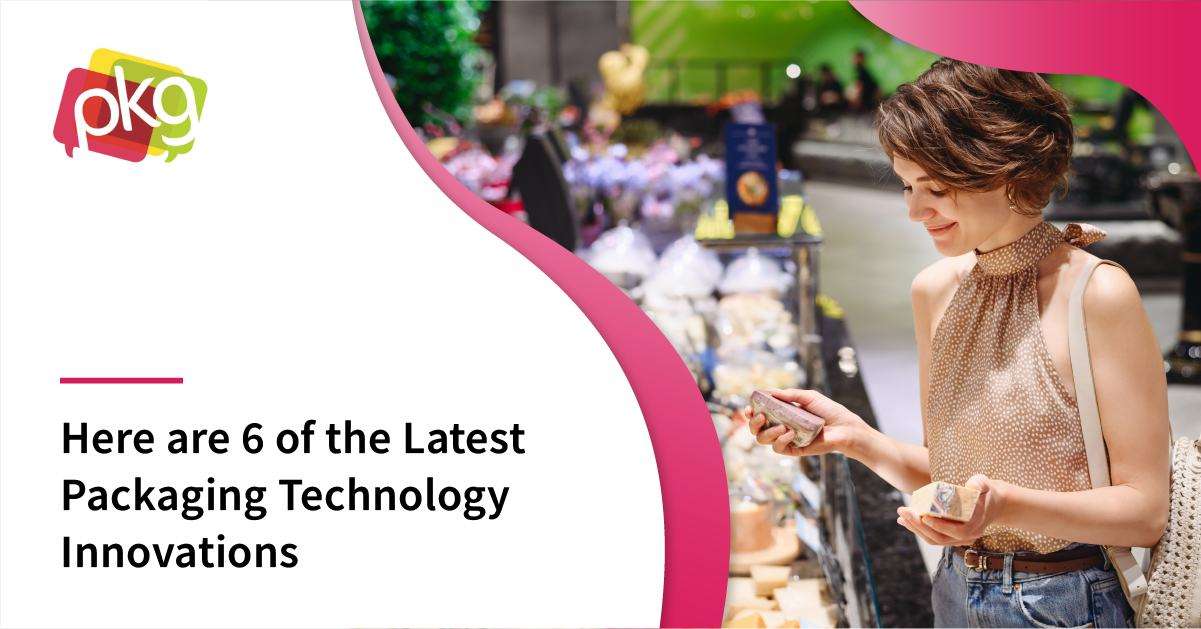Aseptic packaging is a specialized manufacturing process.

It is a technique where food, beverages, pharmaceutical products, cosmetic products, or other items are packaged into containers in a sterile environment. The packaging itself often consists of several materials placed in layers to provide protection that meets aseptic standards.
Recent years have seen a rise in the popularity of aseptic packaging. In 2017, the market for aseptic packaging was worth $40 billion, and the industry is expected to grow at a compound annual growth rate (CAGR) of 8% through the year 2025. Three main factors are behind the growth in aseptic food packaging: demand from rapidly growing nations, an increase in urbanization, and stronger government regulations.
Demand from Nations with Rapidly Developing Economies
Though North America represents the largest market for aseptic packaging, much of the increase in demand for it in recent years comes from rapidly developing nations outside North America, particularly China and India.
In China, aseptic packaging is used mainly for liquid milk products and non-carbonated drinks. In India, changes in food consumption habits are also fueling demand for aseptic packaging. For one thing, Indian consumers want more fresh foods without preservatives, and these are good candidates for aseptic packaging. For another, the growth of dairy products in India has also pushed demand for aseptic packaging.
Transportation costs in developing nations have increased the need for aseptic-packaged products with extended shelf life, and greater demand for pharmaceuticals is another driver of demand for this type of packaging.
Increases in Urbanization and Disposable Income

Disposable income is increasing in many countries around the world, and this is translating to a demand for more in the way of pre-packaged, ready-to-eat foods. As a result, demand for aseptic packaging has increased accordingly.
On October 31, UN Secretary General Antonio Guterres reported that around 1.4 million people move to cities every week throughout the world. This rapid urbanization changes how people acquire foods as well as the types of foods they acquire, and is fueling demand for aseptic packaging for foods.
Government Regulations, Particularly with Pharmaceuticals
Pharmaceutical products must be packaged in strict compliance with government regulations to ensure that the products remain uncontaminated. In addition, the US Food and Drug Administration (FDA) has a litany of requirements for aseptic packaging for food products.
Manufacturers have found that better sterilization techniques can increase food shelf life without adding more preservatives, and this can be used as a marketing point to consumers who want to keep preservatives in their foods to a minimum. Moreover, aseptic packaging allows for a wider range of food products to be kept fresh without refrigeration, solving transportation and consumer storage issues at the same time.
The growth in demand for aseptic packaging – particularly for food products – is no surprise when you consider that societies are becoming more urbanized, and that large, rapidly-developing nations like India and China are experiencing major changes in consumer preferences. Aseptic design for food packaging addresses many issues surrounding food freshness and safety, and it is expected to continue to grow in importance over the foreseeable future.
PKG Brand Design is always on the forefront of new CPG branding and packaging initiatives; please subscribe to our blog for the latest package design industry news!







